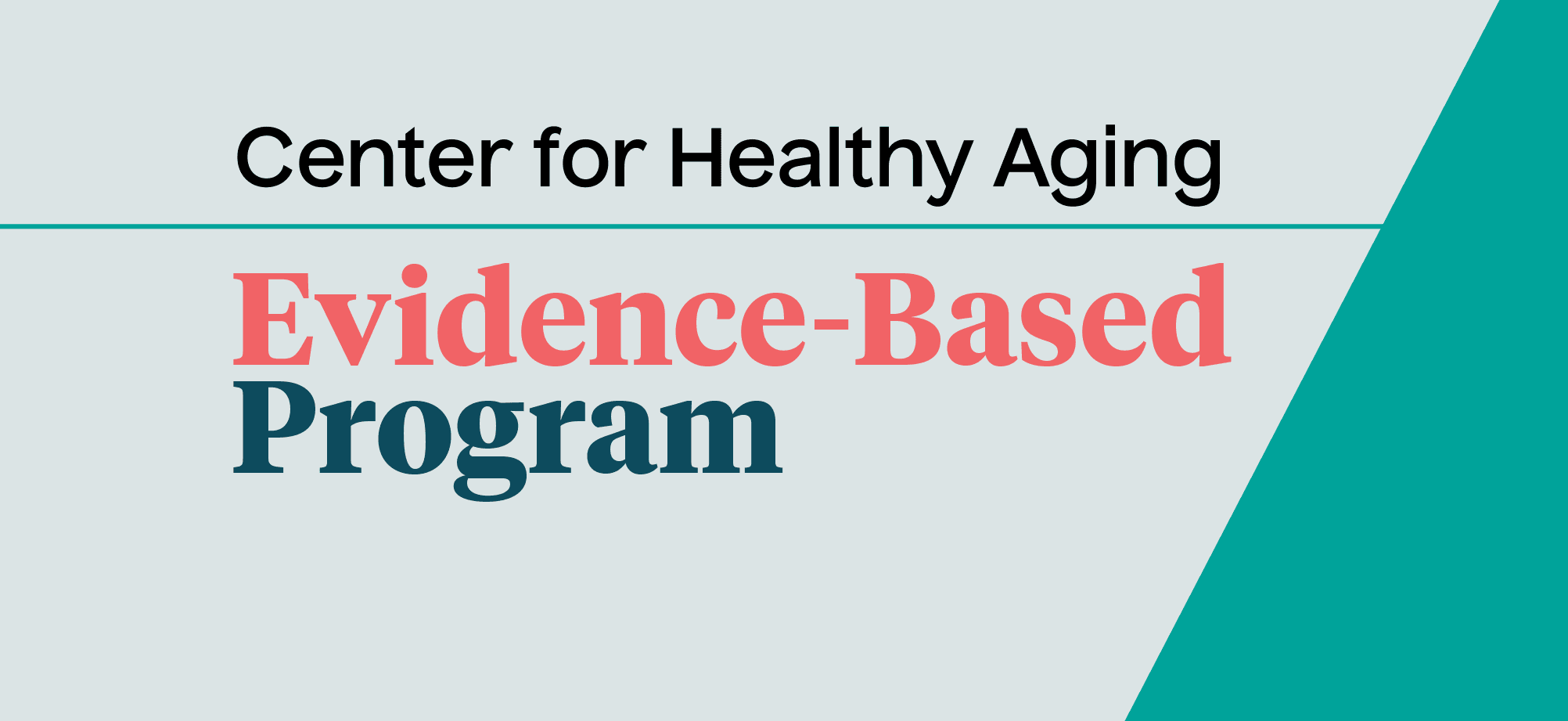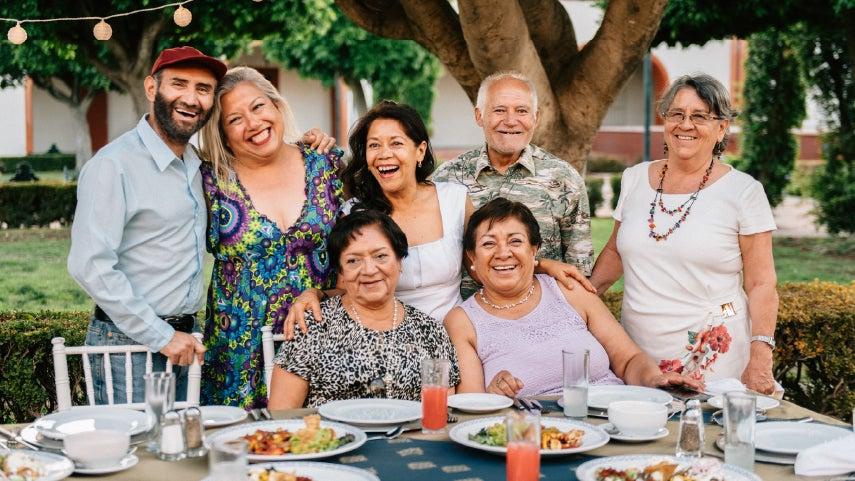Chronic Disease Self-Management Education and Falls Prevention Programs: Create an Infographic to Tell Your Story
3 min read

Leverage your data and create an infographic to help promote your evidence-based Chronic Disease Self-Management Education (CDSME) and Falls Prevention programs. A fillable infographic template is available to highlight the following information:
- Number of participants served
- Number of workshops held
- Number of implementation sites
- Average number of participants per class
- Demographic details about the participants
- National outcomes data, and
- A participant testimonial
Tools to develop your infographic:
- National CDSME and Falls Prevention Infographics: Download and share our infographic highlighting key statistics on participant demographics and program outcomes from chronic disease self-management education and falls prevention programs across the nation. See how local data is similar or different from national data.
- Customizable templates: Use data from your Healthy Aging Programs Integrated Database (HAPID®) account to display state or regional statistics on participants and programs.
- Instructions: Download the instructions below to help navigate the reports and dashboards available in the Healthy Aging Programs Integrated Database to complete the infographic template. Use the reports to help inform strategy for optimizing evidence-based program implementation.
- How to Collect Powerful Testimonials from Program Participants: Each infographic template includes space to highlight participant testimonials. Use this resource for collecting participant experiences.
| Resource | Download |
| Infographic: National Reach of Chronic Disease Self-Management Education Programs | Link |
| Infographic: National Reach of Falls Prevention Programs | Link |
| Customizable Infographic: Chronic Disease Self-Management Education Programs | Link |
| Instructions: Editing the CDSME Infographic Template | Forthcoming for the HAPI Database |
| Customizable Infographic: Falls Prevention Programs | Link |
| Instructions: Editing the Falls Prevention Infographic Template | Forthcoming for the HAPI Database |
This project was supported, in part by grant number 90CSSG0048 and 90FPSG0051 from the U.S. Administration for Community Living, Department of Health and Human Services, Washington, D.C. 20201. Grantees undertaking projects under government sponsorship are encouraged to express freely their findings and conclusions. Points of view or opinions do not, therefore, necessarily represent official Administration for Community Living policy.



